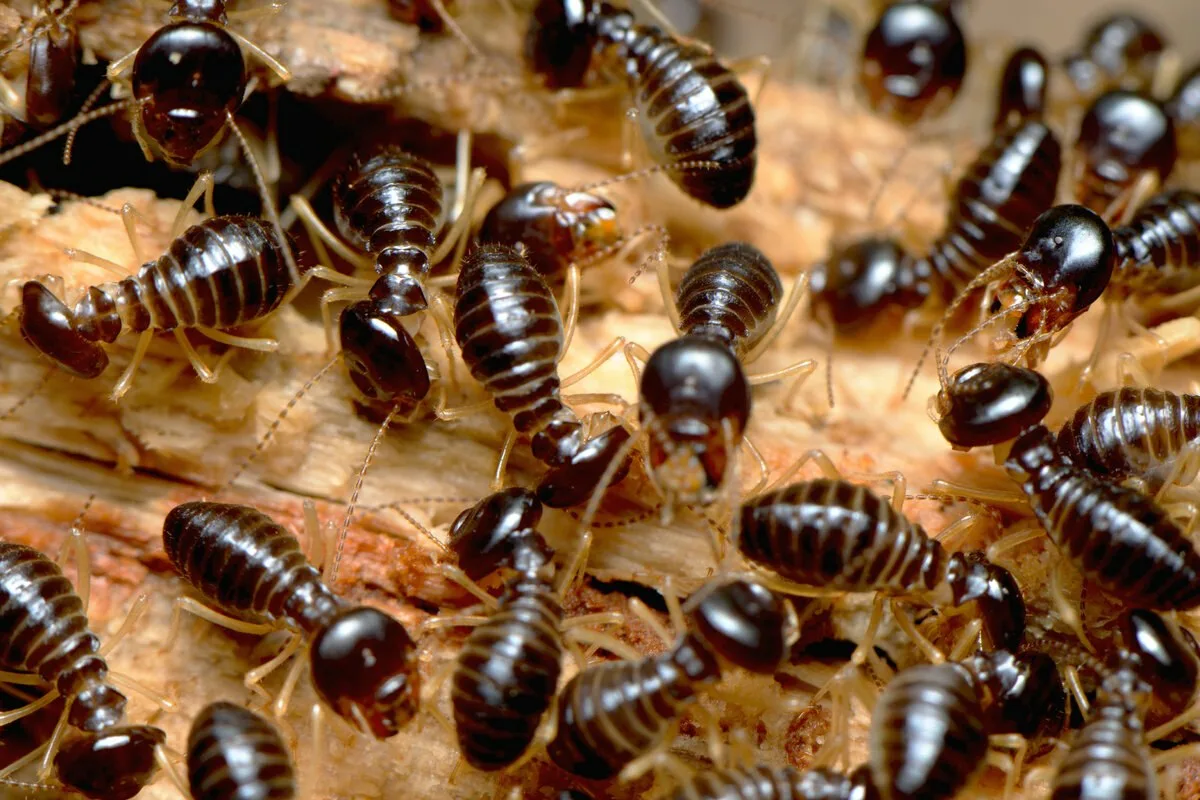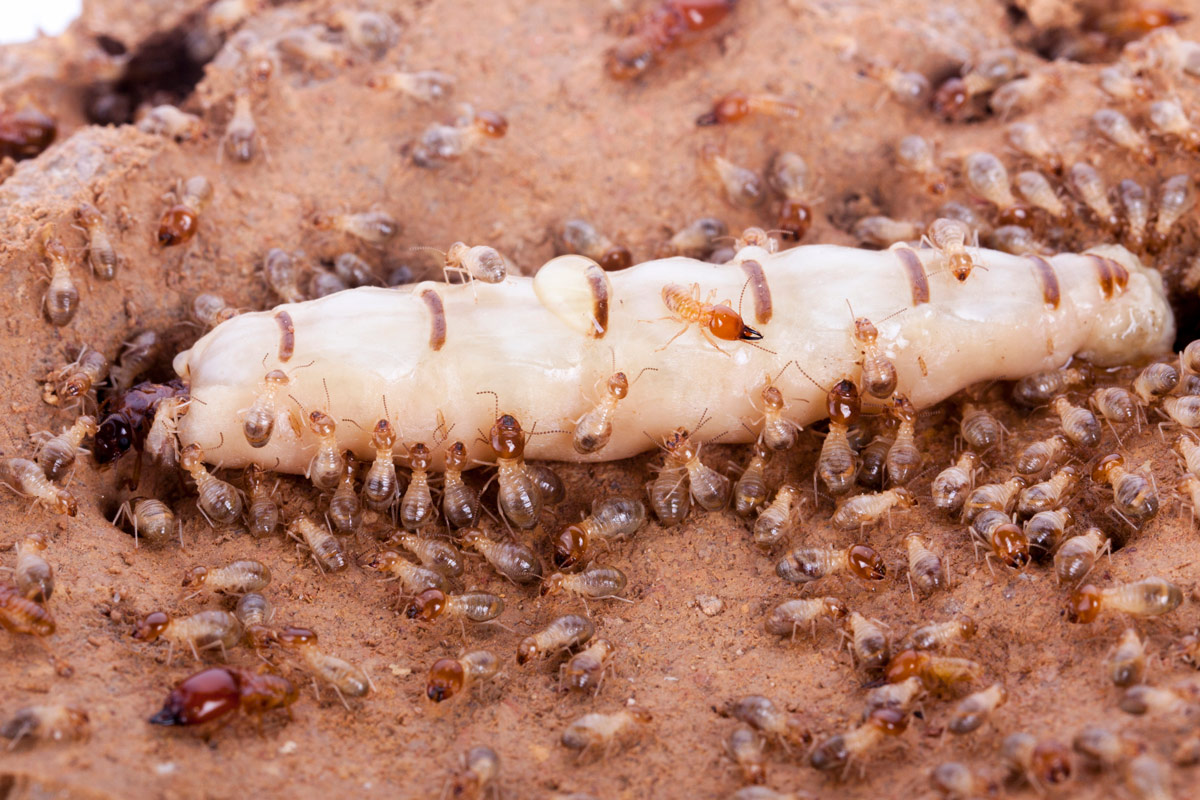The termite queen is one of the most amazing creatures in the insect world.
She lives for decades, and her activities turn her body into a veritable biological factory. She can live up to 50 years, making her the longest-living insect.
The beginning of the colony’s life
Every termite mound begins with the flight of a young couple. This ‘wedding’ flight happens once in the insects’ lifetime. Once they find a suitable place — a rotten log, a stump or a crack in the wood — they build the first chamber of their future home. Over time, the small nest turns into a complex termite mound, resembling an underground palace.
Initially, the female is modest in size and lays no more than 20 eggs per day. But after a few years, her abdomen grows to 10-11 centimetres. At the same time, an ordinary termite soldier is rarely longer than two centimetres.
Egg factory
With age, the queen turns into a kind of ‘conveyor belt’. Every 10-20 seconds, a new egg appears, and the daily clutch reaches 3-4 thousand. For comparison, ant queens produce up to 800 eggs per day.
With such enormous dimensions, the queen loses her ability to move. She is completely dependent on the workers, who care for her and carry her eggs to the chambers.
Several queens in one nest
In large colonies, several females perform the role of queen. There is no competition between them, as the daughter queens are formed by parthenogenesis, i.e. without the participation of a male. This makes them genetically identical to the original queen. Through their joint efforts, they increase the size of the colony to tens of millions of individuals.
Colony management
The queen’s power is based not only on her offspring, but also on chemical control. Her body secretes special substances called pheromones, which are perceived by the workers as the ‘royal scent’. Thanks to these pheromones, a strict hierarchy and absolute loyalty are maintained within the termite mound.
This management system prevents rebellions and ensures a harmonious distribution of responsibilities: some individuals build and care for the nest, others become soldiers, and still others take care of food.
Enemies and dangers
Despite their well-thought-out organisation, termites have many enemies. They are eaten by birds, lizards, mammals and even humans. In some regions, termite queens are considered a delicacy, their taste being compared to fatty foods such as foie gras.
The high fertility of the queen is not a luxury, but a necessity. Only through constant replenishment of the colony’s numbers can it survive under constant pressure from predators.
The longevity of the queen
The termite queen lives many times longer than ordinary insects. On average, her life lasts 20-50 years, but under favourable conditions, this period can almost double.
Such longevity is explained by genetic characteristics. The genes responsible for the production of antioxidants and control of cellular processes are more active in queens. This slows down ageing and keeps the cells ‘young’.

The royal family
The king is always close to the queen. Unlike many insects, where the male dies immediately after mating, in termites, the partner stays with the female for life. They form a stable pair that can exist together for several decades.
Thus, the termite family becomes the basis of a huge colony, numbering millions of individuals.
Comparison with other insects
Termites – 20-50 years – 3-4 thousand – Several queens in one nest
Ants – Up to 20 years – Up to 800 – Single queen, competition among females
Bees – 3-5 years – Up to 2,000 – Replacement of the queen when fertility declines
Mistake → Consequence → Alternative
- Mistake: to assume that all insects have a short lifespan.
- Consequence: underestimating the biology of termites.
- Alternative: recognising the record longevity of their queens.
- Mistake: assuming that there can only be one queen in a colony.
- Consequence: misunderstanding the structure of the colony.





